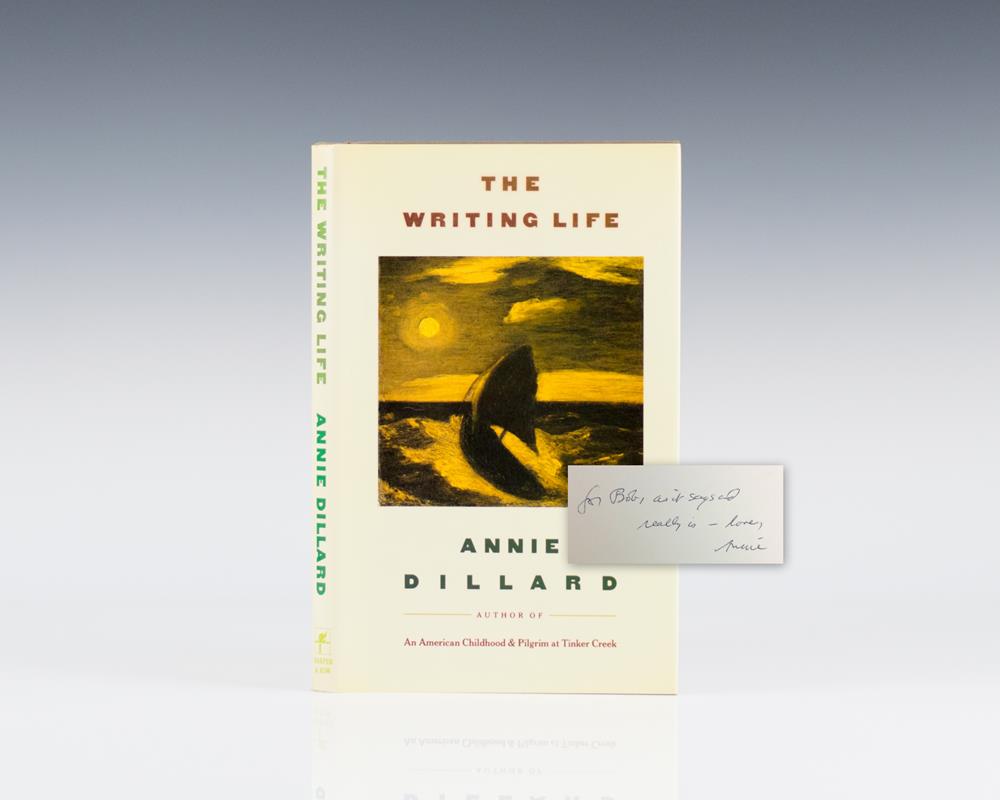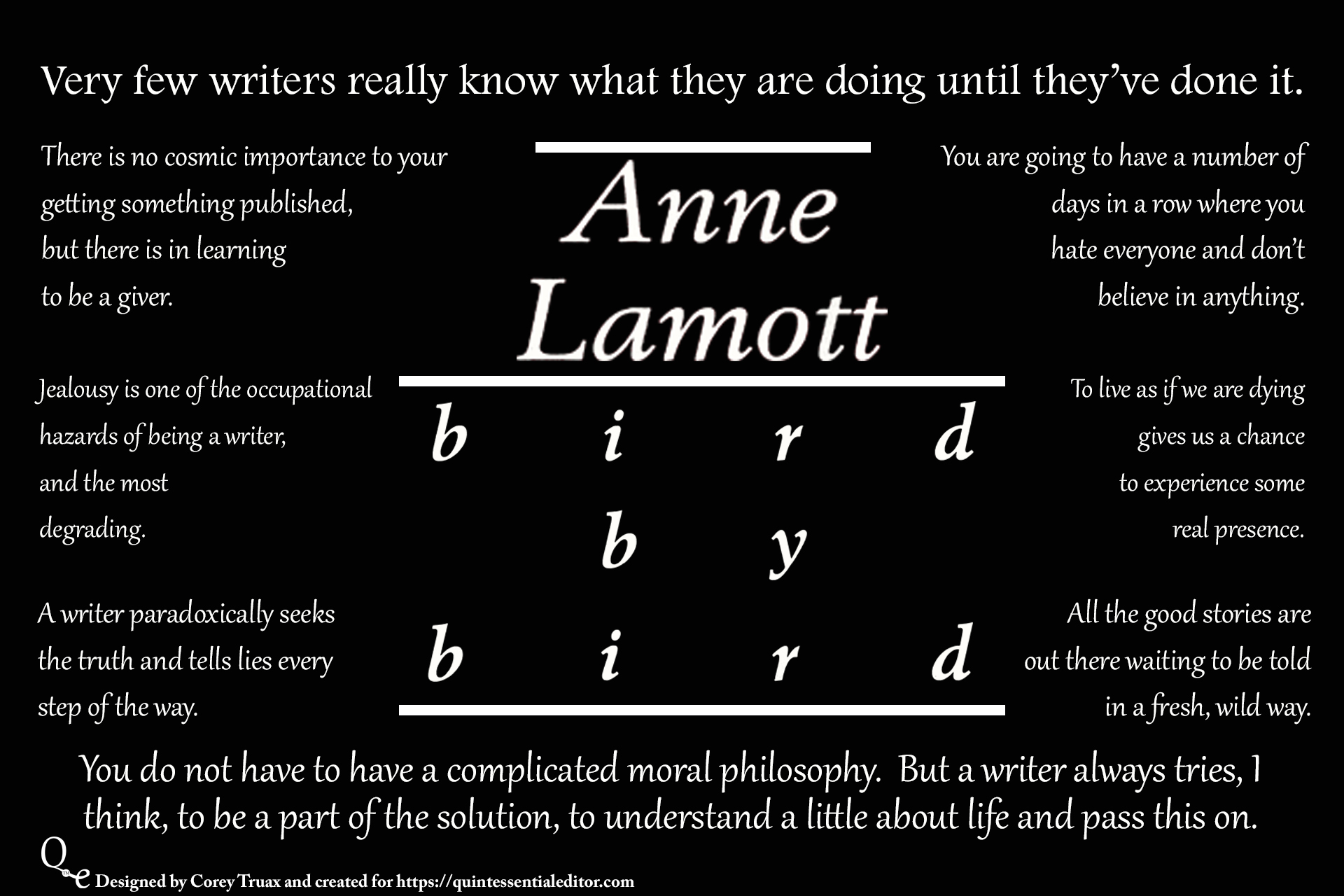The craft of writing is often associated with dictionaries, grammar rules and talent, but rarely linked to problem-solving.
Well, writing is a world of problems. If you write anything at all, even if it’s just an article on the best private student loans, I’m sure you already know all about the variety of thematic challenges writers frequently encounter: structural failures, psychological barriers, substance obstacles, content holes and debilitating writers block that makes writing anything seem absolutely terrifying and utterly impossible.
But have you ever seriously attempted to figure out a methodology for solving the problems that you encounter over and over again in your writing, or do you just smash and bash your way through the projects to emerge (usually) victorious, as in, something was written and it’s actually pretty acceptable, considering?
That’s where instructional books come in: to help you to finally tackle the problems that hinder your writing success. A large part of writing lies in psychological mindsets and technical frameworks, and these books offer solutions. The gifts of established professionals and writing legends, the following works grace many syllabi, countless workshops and all writers with their potential for accelerating pursuits of writing greatness.
1. “Write No Matter What: Advice for Academics”
“Write No Matter What” is the ultimate problem-solving template for writers. In this short guidebook, Joli Jensen debunks common myths associated with writing and presents specific procedures for taming your writing project while avoiding psychological injury.
Although Jensen directs her advice at professors, her facilitation of the writing production process is relevant to all writers. She continuously emphasizes the need for a problem-solving orientation and proposes an impressively ample selection of adaptable solutions for each potential complication.
Throughout the narrative, Jensen stresses the importance of escaping draining mindsets and emphasizes her belief that writers must nurture rather than grapple with their passion for the craft in order to enhance their products. That ideology might be written with struggling academics in mind, but it’s glaringly relevant for writer-students and student-writers. You probably won’t write your best work on just caffeine and despair, people.
2. “To Show and To Tell: The Craft of Literary Nonfiction”
An introduction to great essay writing and writers of great essays, “To Show and To Tell” is a perfect guide for anyone interested in writing nonfiction and becoming a great writer of great essays. Phillip Lopate covers the usual suspects: styles of narration, values of perspective, what is the truth and how to write about it, among other nonfiction necessities.

The strength of the instruction lies in Lopate’s clear mastery of the art of the personal essay as well as his synthesis of the ingredients that elevate a memoir far above average. A portion of the book is devoted to detailed critiques of famous essayists — whether or not you agree with Lopate’s assessments of the classic pieces of nonfiction, his reviews are worth visiting because they explore style and craft without pulling back either critique or praise.
3. “Writing Life Stories: How to Make Memories into Memoirs, Ideas into Essays, and Life into Literature”
“Writing Life Stories” is a must-read for anyone interesting in upgrading their creative writing, memoir and personal essay repertoire. Bill Roorbach combines a series of examinations and practical exercises in order to teach writers about the big (scary) writing concepts, including memory, scene making, themes, characters, stage presence, voices, metaphors and truths.
Although that summary might make you think of an intro-level writing class, Roorbach illustrates each concept with distinctly advanced samples from his own writing and that of his graduate students. He also includes an extended appendix of model works within the creative nonfiction genre — if you actually read any of them of your own free will (and you certainly should), the book is clearly nothing like an intro-level writing class.
4. “The Writing Life”
In “The Writing Life,” Annie Dillard, known for both her fiction and nonfiction prose, delivers witty but heartfelt counsel for anyone interested in (or already living) the writing life. In a short collection of essays that tops out at just over 100 pages, stalled writers are bound to find some shard of insight that tickles their fancy and finally spurs them into writing motion.

“The Writing Life” is a little bit more metaphor and a little bit less direct advice, in true Dillard style. That’s not to say that it doesn’t work. Dillard offers brutal and beautiful words for the reality of being a writer. She encourages you to remember that everything has not been said before, that you can learn to appreciate your fellow writers even when they churn out the same recycled content over and over again or that you can, in fact, appreciate the writing process even when it churns you over and spits you out on your desk.
5. “Bird by Bird: Some Instructions on Writing and Life”
Objectively speaking, “Bird by Bird” is a step-by-step how-to guide for successful writing, but it functions far less as an instructional book on writing than as an extended pep talk or therapy session for writers. Anne Lamott effectively constructs a counselor persona whose shoulder (pages) you can cry on, learn from and rely on for comic-relief.

Due to Lamott’s engaging metaphors and amusing anecdotes, the book reads far easier than your typically dry writing guide. “You own everything that happened to you,” she lectures. “Tell your stories. If people wanted you to write warmly about them, they should have behaved better.” Arguably, the most useful piece of advice is her belief that all writing should start with a “shitty first draft,” because almost all good writing begins with terrible first efforts.
6. “Getting It Published: A Guide for Scholars and Anyone Else Serious About Serious Books”
You can practice writing all you want, but if your end goal is to publish, you need to know how to do that too. If publishing is in your plan, let “Getting It Published” be your new hero. William Germano reveals the invaluable knowledge that so many writing classes fail to cover adequately — how to write that letter, submit that manuscript and accept the consequences with confidence.
“Getting It Published” can act as a map with which to navigate the confusing maze of academic publishing. Germano offers a thoughtful guide on bringing a manuscript into the world and translates the confusing process of publishing into a familiar language in order to make your college journey or writing career just a little bit easier. Be sure to get the latest edition for up-to-date insight into the world of publishing.

















